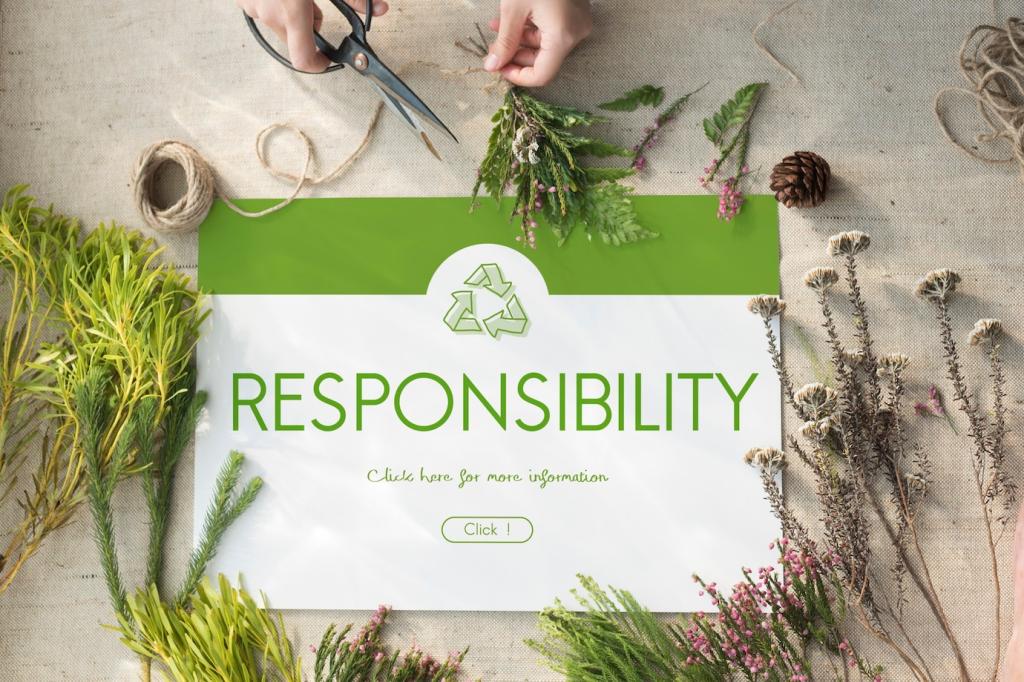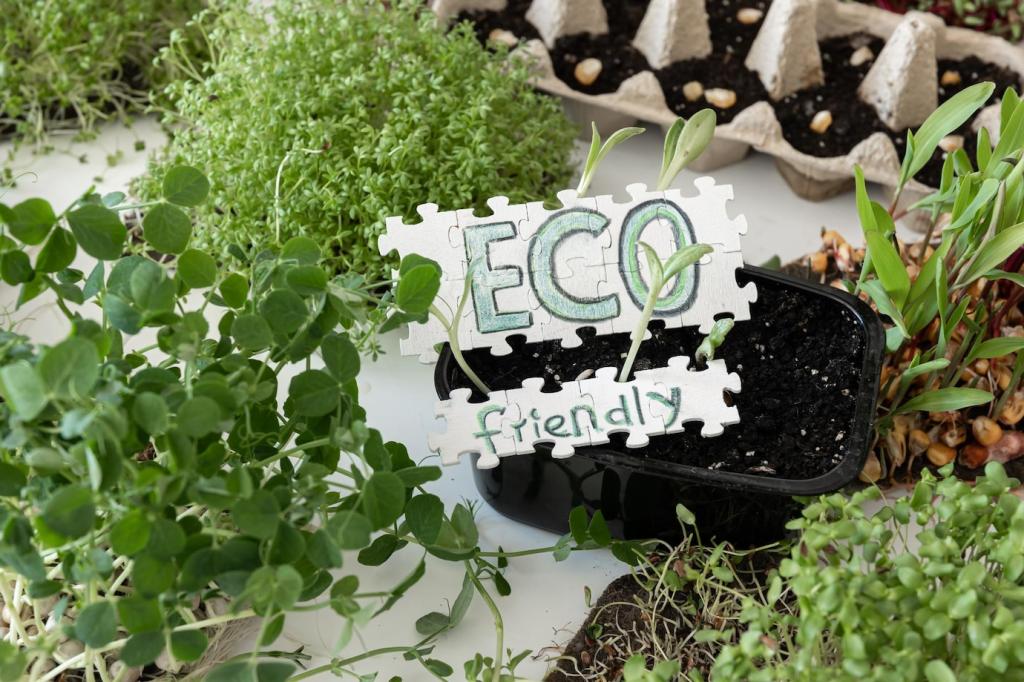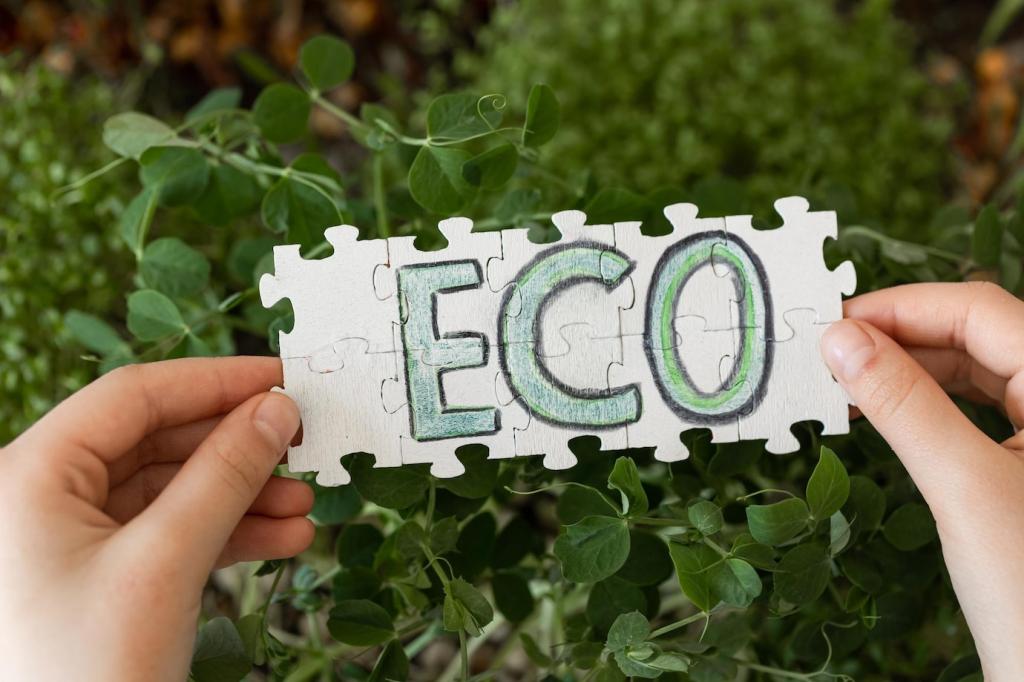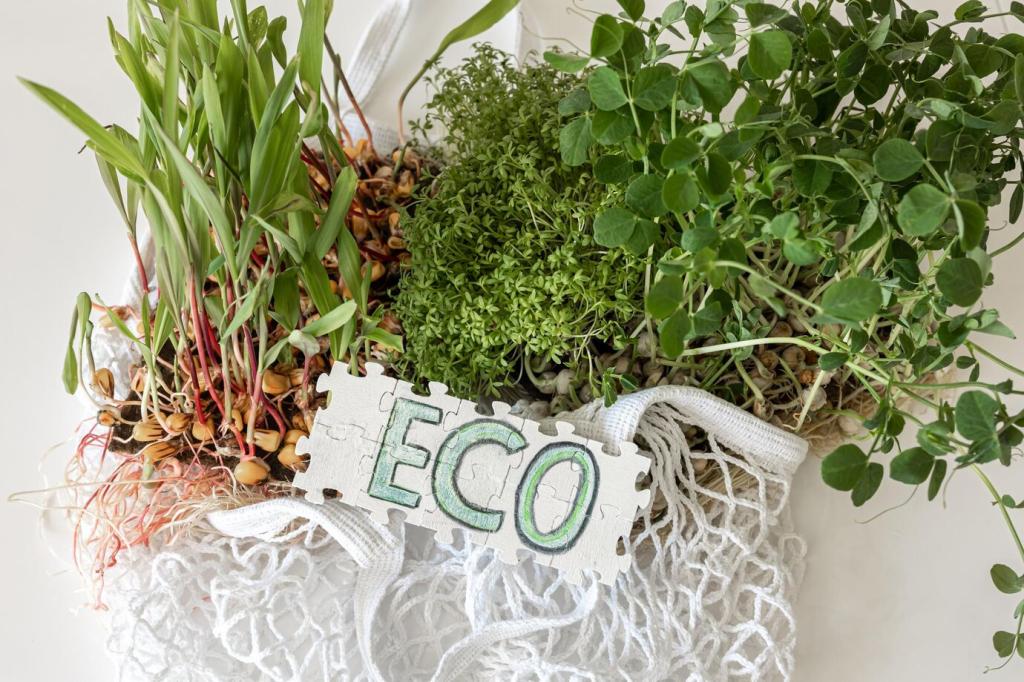Sourcing Sustainably and Building Community
Visit architectural salvage yards, reuse centers, and local buy-nothing groups. Ask cabinet shops for offcuts and veneer remnants. Keep measurements handy to avoid overcollecting. Drop a comment with your city and favorite sources, and help someone nearby rescue their next repair from the waste stream.
Sourcing Sustainably and Building Community
Borrow specialty tools you rarely need and meet seasoned volunteers eager to share technique. These spaces reduce costs, storage needs, and duplication. Tell us what you learned at your last repair café, and subscribe for our calendar of community events focused on practical, eco-friendly furniture restoration.







